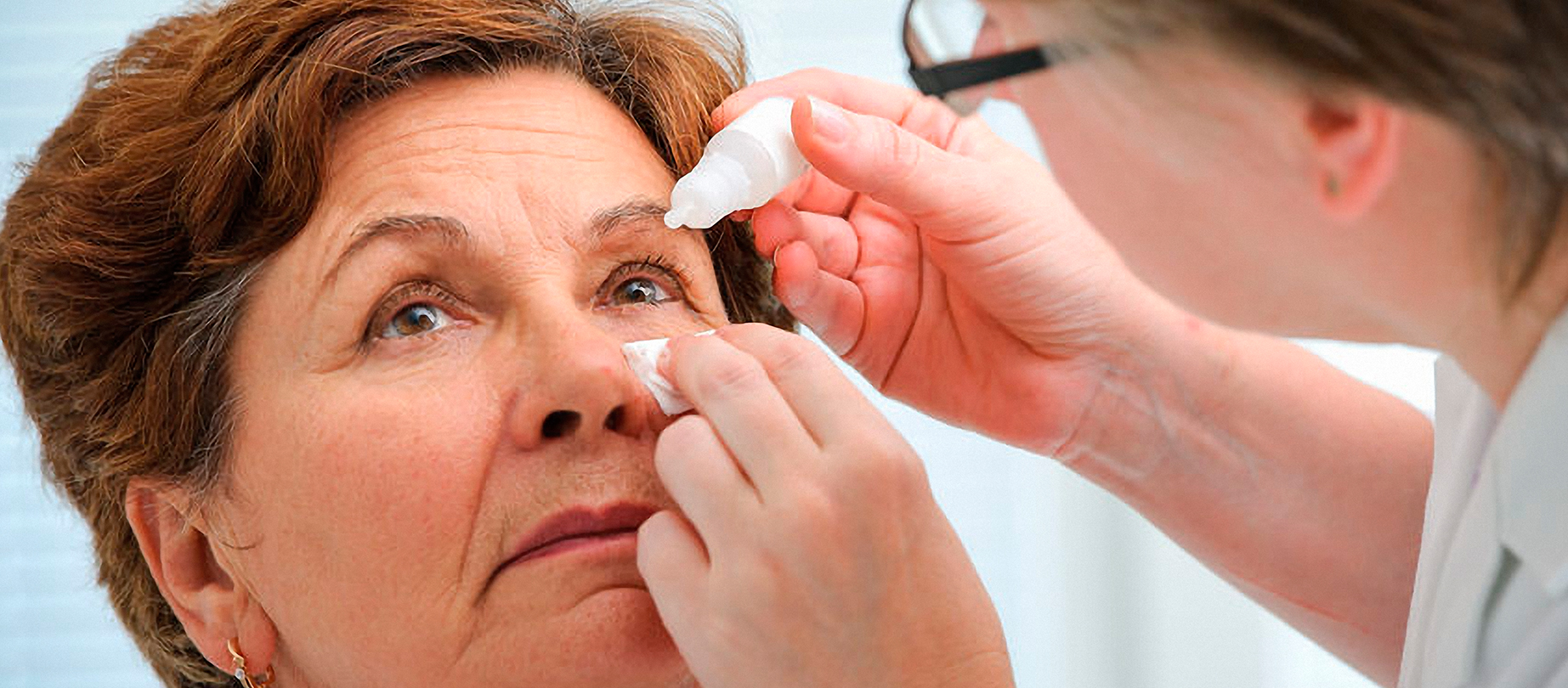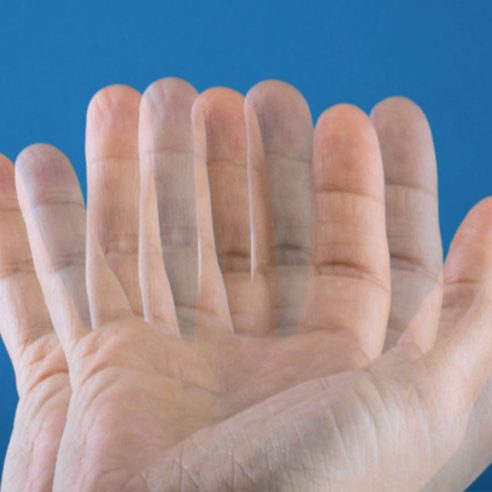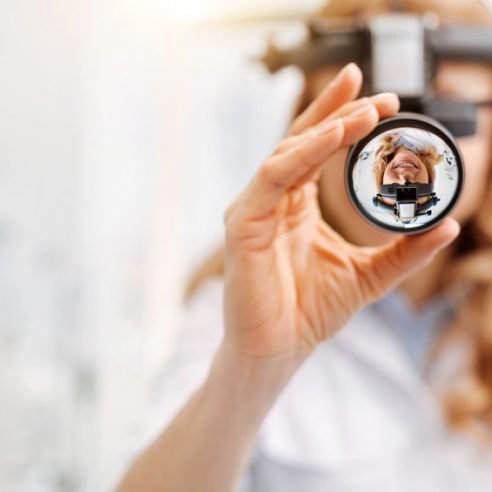
What is glaucoma?
Glaucoma is a chronic, bilateral eye disease characterized by progressive destruction of the fibers of the optic nerve, the nerve responsible for transmitting information from the eye to the brain.
Glaucoma is often associated with high pressure in the eye. Intraocular fluid tension represents the balance between its production and drainage. Aqueous humor is a clear fluid produced continuously by the ciliary body, which provides the necessary supply of oxygen and nutrients to the lens, cornea and iris and is drained into the venous system. Normal intraocular pressure is essential for the optical functions of the eye, but high intraocular pressure can cause irreversible damage to the cells that constitute the optic nerve. Statistically, pressure values between 9-21 (the range in which eye pressure is not dangerous) are considered normal.
What symptoms do you experience in case of glaucoma?
Glaucoma does not usually cause any symptoms. It tends to develop slowly over many years and first affects peripheral vision (the side vision). For this reason, many people do not realize they have glaucoma and it is often only diagnosed during a routine ophthalmological examination. If you notice symptoms, they may include:
- observation of halos around bright spots
- vision loss
- red eyes
- eye pain
- narrowing of the visual field (tunnel vision)
Both eyes are usually affected, although it may be more severe in one eye only. Occasionally, glaucoma can develop suddenly and cause:
- intense eye pain
- nausea and vomiting
- a red eye
- headache
- tenderness around the eyes
- haloes around lights
- blurred vision
Because vision loss caused by glaucoma is irreversible, regardless of the stage of the disease, it is very important to have a regular full ophthalmological examination, including measurement of intraocular pressure, so that the diagnosis can be made in the early stages of the disease and the doctor can recommend an appropriate treatment plan.
What are the risk factors for glaucoma?
Glaucoma can occur for several reasons. Most cases are caused by an increase in pressure in the eye when fluid is unable to drain properly. This increase in pressure then damages the nerve that connects the eye to the brain (the optic nerve). It’s often not clear why this happens, although certain things can increase the risk, including:
- age – over 60 glaucoma becomes more common
- your family history – you are more likely to develop glaucoma if you have a parent or sibling with the disorder
- other medical disorders – such as myopia, nearsightedness and diabetes
- the existence of chronic disorders such as diabetes, cardiovascular disease
- hypertension or hypotension
- thinner cornea in the center
- severe myopia or hypermetropia
- trauma to one or both eyes, including certain surgical procedures
- long-term use of corticosteroid-based medicines, especially eye drops
How can glaucoma be prevented?
It is not clear whether anything can be done to prevent glaucoma, but regular eye examinations ensure a high degree of prevention and glaucoma can be diagnosed early. Other recommendations are:
- Wearing safety glasses when working in an environment that puts your vision at risk
- Regular ophthalmological examination
- Compliance with the ophthalmologist’s instructions and prescribed ophthalmological treatments
- An active and healthy lifestyle
- Consider genetic risk factors
What types of glaucoma are there?
Open-angle glaucoma – the most common form of the disease, and symptoms do not appear until vision loss. The main cause could be increased intraocular pressure, which will affect the optic nerve.
Closed-angle glaucoma – this form of the disease occurs when the angle formed by the iris and the cornea forms a blockage and the aqueous humor can no longer circulate properly. The disease can develop suddenly or over time. Acute forms are a medical emergency, as untreated in time they can lead to blindness at an accelerated rate.
Normal tension glaucoma – in this case, the optic nerve degrades even if the intraocular pressure is normal. The causes are not clearly defined, but a number of links have been found, including genetic factors and heredity.
Pigmentary glaucoma – this form occurs when pigment in the iris becomes detached and blocks the ocular drainage canal. Symptoms that may lead you to think of this disorder are: blurred vision and halos around the illuminated areas.
Glaucoma in children – the disorder is likely to be present in children from the earliest days of life. It can also develop over time due to blockage of the drainage canal for the optic nerve.
What treatment methods exist for glaucoma?
The damage caused by glaucoma is not reversible. But treatment and regular examinations can help slow or prevent vision loss, especially if you detect the disease in its early stages.
Glaucoma is treated by lowering eye pressure (intraocular pressure). Depending on your case, options may include eye drops, oral medication, laser treatment, surgery or a combination of these.
Medication with eye drops
Treatment for glaucoma often starts with eye drops. These can help lower eye pressure by improving the way fluid drains from the eye or by decreasing the amount of fluid the eye produces. Depending on how low the eye pressure needs to be, the dosage may need to be adjusted.
Oral medication
If eye drops alone do not lower your eye pressure to the desired level, your doctor may also prescribe an oral medication, usually a carbonic anhydrase inhibitor. Possible side effects include frequent urination, tingling in fingers and toes, depression, upset stomach and kidney stones.
Surgery and other therapies
The following techniques are designed to improve fluid drainage in the eye, thereby reducing pressure:
- Laser therapy. Laser trabeculoplasty is an option if you have open-angle glaucoma. It is performed in our clinics. The doctor uses a small laser beam to open clogged channels in the trabecular meshwork. It can take several weeks for the full effect of this procedure to become apparent.
- Filtration surgery. With a surgical procedure called a trabeculectomy, the surgeon creates an opening in the white of the eye (sclera) and removes part of the trabecular meshwork.
- Drainage tubes. In this procedure, the surgeon inserts a small tube shunt into the eye to drain excess fluid to reduce eye pressure.
- Minimally invasive glaucoma surgery. Your doctor may suggest a MIGS procedure to reduce your eye pressure. These procedures generally require less immediate postoperative care and are less risky than trabeculectomy or installation of a drainage device.
Treatment of acute closed-angle glaucoma
Acute closed-angle glaucoma is a medical emergency, it can quickly progress into a glaucoma attack. If you are diagnosed with this disorder, you will need urgent treatment to reduce the pressure in your eyes. This will generally require both medication and laser or other surgical procedures.
You may need a procedure called peripheral laser iridotomy, in which the doctor creates a small opening in your iris using a laser. This allows fluid (aqueous humor) to flow through, relieving eye pressure.






























